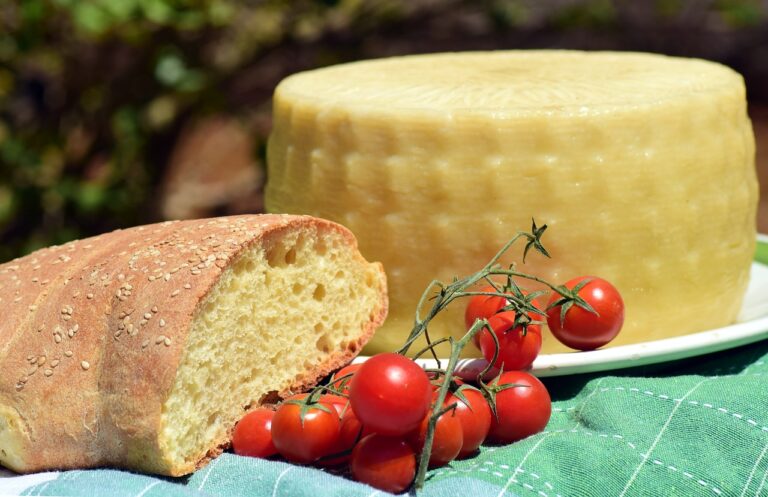Creating a Sustainable Greenhouse: Year-Round Gardening and Sustainability
Greenhouses provide a controlled environment where plants can thrive regardless of the external weather conditions. This enables gardeners to extend their growing season and produce a wider variety of crops throughout the year. By harnessing the power of sunlight and trapping heat, greenhouses create a warm and stable climate that promotes healthy growth and protects plants from frost, wind, and pests.
In addition to enabling year-round gardening, greenhouses offer the benefit of increased crop yield and quality. The consistent climate inside a greenhouse allows plants to photosynthesize more efficiently and grow at an accelerated rate. This results in higher yields of fruits, vegetables, and flowers compared to traditional outdoor gardening methods. Moreover, the controlled environment of a greenhouse helps to minimize the risk of crop damage due to extreme weather events, ensuring a more reliable harvest.
Selecting the Right Location for Your Greenhouse
When choosing the location for your greenhouse, it’s essential to prioritize sunlight exposure. Opt for a spot that receives ample sunlight throughout the day, especially during the winter months when daylight hours are shorter. Access to direct sunlight is crucial for the growth and development of plants, making it a key factor in determining the success of your greenhouse.
Consider the surrounding landscape when siting your greenhouse. Avoid areas with tall trees or buildings that may cast shadows and obstruct sunlight. Additionally, ensure that the location allows for proper drainage to prevent waterlogging, which can lead to root rot and other plant diseases. By carefully selecting a sunny and well-drained location, you’ll create an optimal environment for year-round gardening in your greenhouse.
Choosing the Best Materials for a Sustainable Greenhouse
When selecting materials for a sustainable greenhouse, it is crucial to prioritize durability and energy efficiency. Opting for materials that can withstand various weather conditions and require minimal maintenance will contribute to the longevity of your greenhouse. Additionally, choosing materials that provide adequate insulation will help regulate the internal temperature, reducing the need for excessive heating or cooling.
Another important factor to consider when choosing materials for a sustainable greenhouse is their environmental impact. Opt for materials that are eco-friendly and sourced sustainably whenever possible. This can include using recycled materials, biodegradable options, or selecting materials that have a low carbon footprint. By prioritizing sustainable materials, you can reduce the environmental impact of your greenhouse while creating a more eco-conscious gardening space.
• Opt for materials that can withstand various weather conditions
• Choose materials that require minimal maintenance
• Prioritize materials that provide adequate insulation to regulate temperature
• Select eco-friendly and sustainably sourced materials whenever possible
• Use recycled or biodegradable options for a lower carbon footprint
What are the benefits of using a greenhouse for year-round gardening?
Greenhouses provide a controlled environment for your plants, protecting them from harsh weather conditions and allowing you to extend your growing season. They also help to conserve water and reduce the need for chemical pesticides.
How do I select the right location for my greenhouse?
Choose a location that receives ample sunlight throughout the day and is sheltered from strong winds. Ensure that there is good drainage to prevent waterlogging and consider proximity to a water source for easy irrigation.
What should I consider when choosing materials for a sustainable greenhouse?
Opt for materials that are durable, energy-efficient, and environmentally friendly. Recycled materials, such as reclaimed wood or polycarbonate panels, are good choices. Additionally, consider using insulating materials to regulate temperature and reduce energy consumption.







